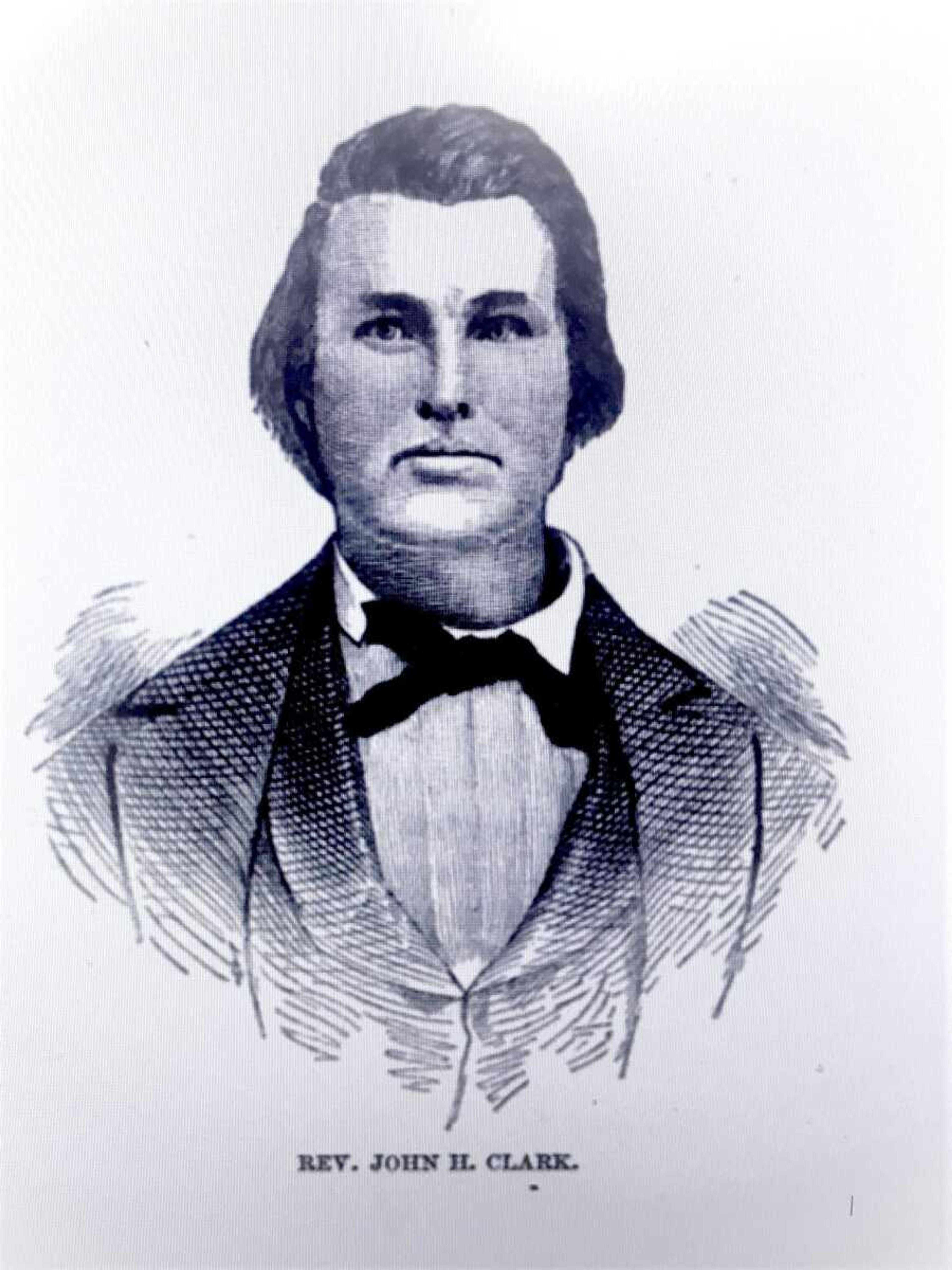Hebron Baptist Church served Randol Creek settlement
Local historians often mention Old Bethel Church, built in 1806 and the first non-Catholic Church in old Louisiana Territory. Less well-known are the Baptist churches that grew from or followed Bethel. These began organizing within 10 years of the building of Bethel, and included Hebron Church. ...
Local historians often mention Old Bethel Church, built in 1806 and the first non-Catholic Church in old Louisiana Territory. Less well-known are the Baptist churches that grew from or followed Bethel. These began organizing within 10 years of the building of Bethel, and included Hebron Church. This church stood 4-5 miles northwest of downtown Cape Girardeau, near today's County Park North. Hebron is relatively well-known because its minute book covering 1829-1878 survives in the collection of the State Historical Society of Missouri (C1311).
Bethel Church dismissed a number of members May 11, 1822, to form Hebron. These included Polly Green, Abraham Randol, Rebekah Randol (the matriarch of the Randol family), Mary Randol, Simon Poe, James Randol, Nancy Randol, Samuel K. Parker, Elizabeth McMiller, Elizabeth Parker, Rebekah Poe, James Holcomb, Francis Holcomb, Susannah Williams, Matilda Williams, Benjamin Hitt and Sarah Hitt. The Rev. Thomas P. Green organized the church, assisted by Thomas Juden (recently arrived from Baltimore, Maryland).
The Bethel Association of churches dismissed nine churches to form the Cape Girardeau Association at a convention held at Hebron June 12-14, 1824. At that time, the congregation had grown to 26 members. The church received an acre and a half from Thomas P. Green on Nov. 18, 1828, including the Hebron Baptist Meeting House. The deed also preserved access to a spring. The exact building date for the meeting house is unknown.
The Cape Girardeau Association prospered into the 1830s. Congregations provided money to allow missionaries to be in the field, and the number of congregations in the association rose to 20 in Perry, Cape Girardeau (including Bollinger), Scott, and Mississippi counties. Many congregations harbored anti-missionary sentiments, though, and by 1840 these disputes caused a schism. Eight congregations of missionary sentiment formed the New Cape Girardeau Association, and 12 anti-missionary congregations, including Hebron, stayed in the original.
Hebron persevered in the years leading to the Civil War. The war, however, caused disruptions of church life. Military activities caused some congregants to flee for their lives, and prevented congregations from meeting or communicating well among themselves. Missionaries left the field, except for the Rev. John H. Clark. A native of Loudoun County, Virginia, he came to Cape Girardeau County in 1839. Cape Girardeau Baptist Church called him to ministry in 1844, but he continued to minister as needed to other congregations. Authorities blocked the Rev. Clark from church leadership because he refused to take the "Test Oath" under the 1865 Missouri Constitution. He nonetheless ministered to several congregations before he died in 1869.
Hebron never really recovered from the disruption of the Civil War. The Hebron Church minutes cease in 1878. The church was without a pastor by 1879, and numbered only 13 members. There are no statistics for 1881 and thereafter. The meeting house fell into ruin, and all that remains today is the cemetery marking the final resting place of more than 50 parishioners.
Connect with the Southeast Missourian Newsroom:
For corrections to this story or other insights for the editor, click here. To submit a letter to the editor, click here. To learn about the Southeast Missourian’s AI Policy, click here.









